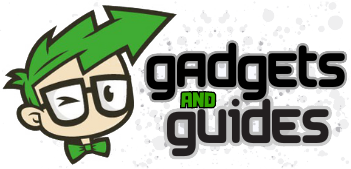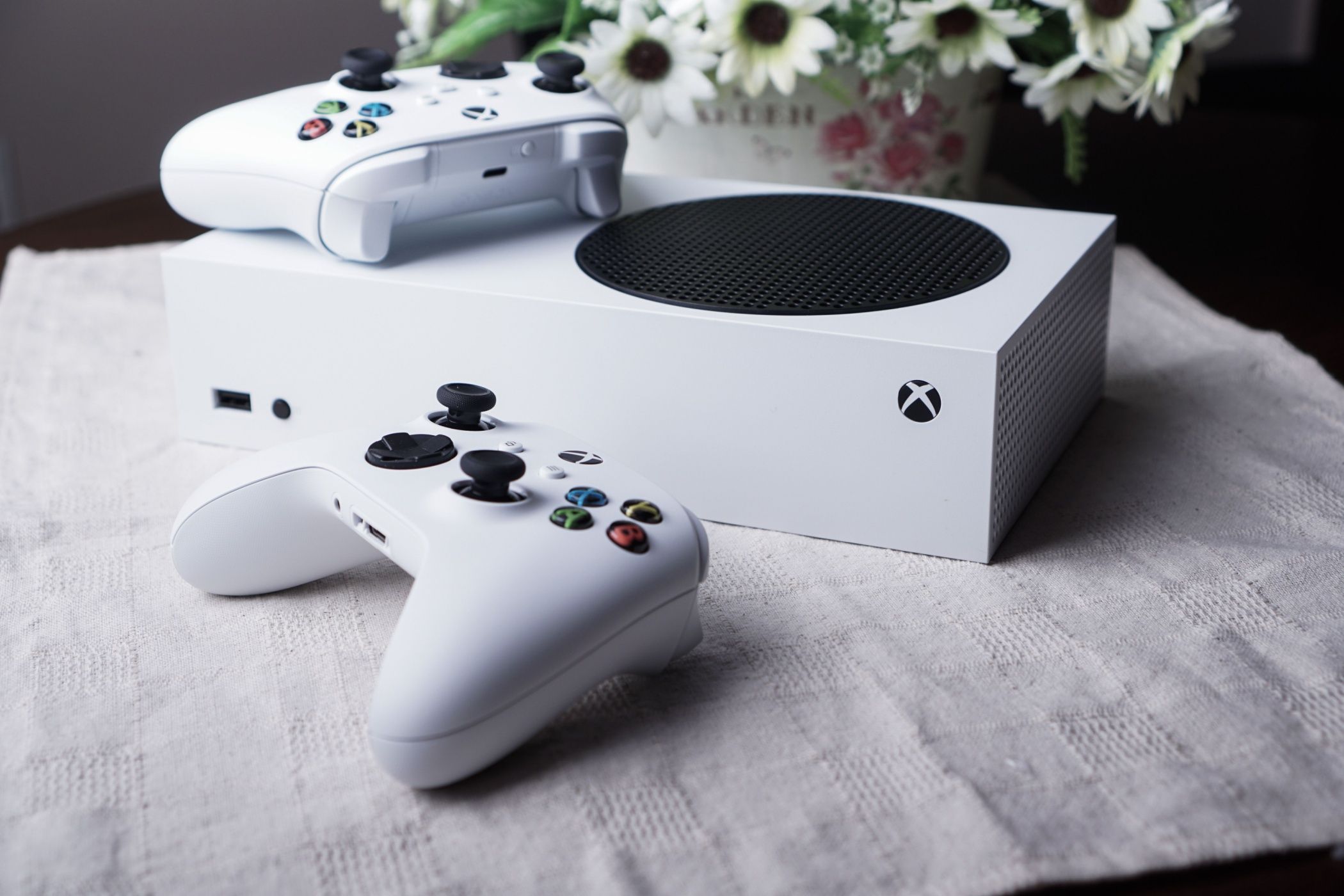5 Windows Features I Want to Come Back
Microsoft Windows has been around for nearly four decades, and many features have come and gone over the years. Some of that removed functionality is just a sign of the times—we don’t really need native DOS application compatibility anymore—but some features would still be useful in 2025. Sometimes, you get it right the first time.
These are some applications and features that I would like to return in future updates to Windows. I don’t think these are likely to happen due to technical or profit-seeking reasons, but I still want them!
1
Windows Movie Maker
Modern versions of Windows have two built-in video editors: the Photos app, and Clipchamp. The former is only helpful for basic trimming and audio options, while Clipchamp is a proper video editor with a timeline and some impressive features. Clipchamp is cross-platform and owned by Microsoft, but it requires a subscription to unlock watermark-free exports, up to 4K support, more stock videos and audio, and other functionality.
Windows Movie Maker was included with Windows Me and Windows XP, and it later became part of the Windows Essential software suite. It wasn’t a powerful or advanced video editor, but it covered all the basics in a simple interface, and didn’t require a subscription. It would be great to see Microsoft revisit that idea, instead of turning the video editor into yet another upselling opportunity for Windows. Apple’s iMovie isn’t great these days, but it is still completely free.
2
Microsoft Edge, Before It Got Bad
Microsoft Edge was originally based on Internet Explorer, though it had a significantly overhauled rendering engine and a new interface. It still wasn’t properly competing with Chrome’s dominance in the browser market, so Microsoft replaced it in 2020. The new version looked and worked a lot like the old Edge, but it now used the same Chromium foundation as Google Chrome, Vivaldi, and other web browsers. Edge was also ported to Mac and Linux—the first Microsoft-made Mac web browser since Internet Explorer for Mac was discontinued in 2005, and the company’s first Linux web browser ever.
The Chromium-based Microsoft Edge wasn’t bad at all: it worked with all the same websites and extensions as Google Chrome, but with some added enhancements and a clean Windows 10-inspired design. Edge becoming a true cross-platform browser also meant your data could be synchronized across devices running Mac, Linux, Android, iPhone, and iPad, in addition to any Windows PCs.
Unfortunately, it didn’t take long for Microsoft to ruin the new Edge. MSN games were added to the sidebar. Edge started asking people to set up Buy Now, Pay Later (BNPL) loans when buying products online—something Google Chrome has also tested, but not fully rolled out. Windows also became more aggressive with asking people to switch browsers, and tried blocking Chrome downloads entirely. Edge has also added more pop-ups, price tracking options, and other functionality that doesn’t need to be in a base web browsing experience.
Today’s Microsoft Edge is one of the most user-hostile applications I have ever tried, and almost every feature you can turn off or change is later quietly reverted to their original settings over time. The browser would be a far better experience if the bloatware and dark patterns were cut out, but Microsoft really wants you to see those clickbait articles in the new tab page, which have also ruined Windows 11’s widgets.
3
Tablet Mode
Windows 8 was not a popular release of Windows, and part of that reason was the redesigned multitasking and Start menu. Modern apps were full-screen by default, with split-screen modes that worked more like multitasking on iPad and Android. There was still a desktop view that resembled Windows 7, but the Start menu was a full-screen page.
Microsoft rolled back many of those changes in Windows 8.1 and Windows 10, and moved some of them to a separate tablet mode. That feature expanded the Start menu to fill the whole screen (just like it did on Windows 8 and 8.1), made some buttons and other elements larger for easier touchscreen use, and set certain apps to open in maximized mode by default. You could turn it on or off whenever you wanted, and it could automatically start when detaching a tablet from a dock. It’s probably what Microsoft should have done in Windows 8 form the start, instead of forcing the tablet-optimized design on everyone.
Windows 11 still has a version of tablet mode, but it only makes subtle changes to the interface, and it can’t be manually toggled. Handheld gaming PCs with tablet-sized touchscreens are gaining popularity, and trying to use and navigate Windows on them is not a great experience. A reimagined tablet mode with a special launcher and customized menus, more like SteamOS on the Steam Deck, could help those handhelds.
4
Native Email & Calendar Apps
Windows has included a few different applications for email and calendar over the years, including Outlook Express, Windows Mail, and Windows Live Mail. Microsoft created entirely new Mail, People, and Calendar apps for Windows 8.1 with a Metro/Modern interface, and those carried over to Windows 10 and 11.
Microsoft released a new Outlook app for Windows last year, which has already replaced the Mail, People, and Calendar apps, and will eventually replace the classic Outlook client bundled with Microsoft Office and Microsoft 365. However, there are a lot of issues with it: offline support is limited, it has advertisements, third-party email accounts must be synchronized in the cloud, and it’s still missing features from the old Outlook and Mail apps.
The Windows 10-era Mail app wasn’t perfect, but it had a clean design, the background synchronization worked well (at least before Windows 11), and it didn’t try to upsell me on a Microsoft 365 subscription. I would like to see Microsoft go back to native apps for email, contacts, and calendars that can sync with different accounts without cloud servers. Apple figured this out decades ago—Mac OS X 10.0 in 2001 shipped with the first version of Apple Mail—and most desktop Linux distributions ship with similar apps.
In the meantime, I’ll keep using Mozilla Thunderbird whenever I’m on a Windows PC.
5
Windows Virtual PC
Windows 7 was a great, but it wasn’t fully compatible with some older Windows applications and games, especially the 16-bit applications that couldn’t run on 64-bit Windows. Microsoft really wanted Windows XP users to upgrade to Windows 7, so it created a workaround for incompatible software: virtual machines.
Windows Virtual PC could share USB devices, the clipboard, printers, and files between the host and virtual PC, much like you can with modern versions of VirtualBox, UTM, and other virtual machines. It was built to make running Windows XP as easy as possible, so PCs could migrate to Windows 7 without fully cutting off legacy software. Microsoft made a special ‘XP Mode’ version with a pre-configured Windows XP virtual machine, but the regular Virtual PC app could run other operating systems, too.
Virtual PC eventually evolved into the Hyper-V hypervisor, which is now a core component of Windows and powers the Windows Subsystem for Linux. It would be neat if Virtual PC returned as a built-in virtual machine manager, with Hyper-V under the hood and some of the same integrations as WSL. VirtualBox is decent, but there’s definitely room for improvement.


















